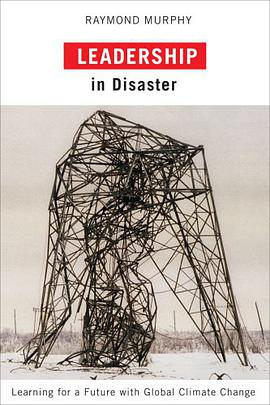

具体描述
Disasters occur when hazards of nature strike socio-technological vulnerabilities. While science provides valuable indications of risk, it does not yield certainty, yet leaders must make sense of threats. Raymond Murphy's case study of the management of the 1998 ice storm - the most costly disaster ever in Canada, northern New York state, and Maine - presents rare interviews with key political and emergency management leaders that provide an insider's view of the challenge of responding to extreme weather. They document a generally well managed crisis, but also reveal the slippery slope from transparency to withholding critical information as the crisis deepened, and examine conflict resolution between leaders during a disaster. The study looks into whether technological development inadvertently constructed new vulnerabilities to nature's forces, thereby manufacturing a natural disaster. As this extreme weather may foreshadow what will occur with global warming, Murphy's interviews also explore the politics, economics, ethics, and cultural predispositions underlying climate change, investigating how modern societies create both risks they assume are acceptable and the burden of managing them. An innovative comparison with Amish communities, where the same extreme weather had trivial consequences, is instructive for avoiding future socio-environmental calamities. "Leadership in Disaster" is a major contribution to the analysis of vulnerability, resilience, and the challenge of confronting environmental problems, such as global climate change, and a valuable resource for scholars and general readers seeking to learn more about how extreme weather disasters can be managed.
作者简介
目录信息
读后感
评分
评分
评分
评分
用户评价
相关图书
本站所有内容均为互联网搜索引擎提供的公开搜索信息,本站不存储任何数据与内容,任何内容与数据均与本站无关,如有需要请联系相关搜索引擎包括但不限于百度,google,bing,sogou 等
© 2025 book.wenda123.org All Rights Reserved. 图书目录大全 版权所有




















